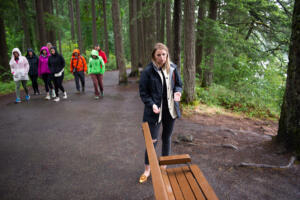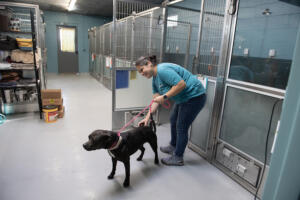Darcy Mueller joined Camas Soo Bahk Do last March, right before the COVID-19 pandemic forced the martial arts studio to close for in-person instruction, but decided to remain in her classes, which had transitioned to a remote setting.
Mueller was a bit nervous before her performance for the 2020 United States Soo Bahk Do Moo Duk Kwan Federation National Festival last fall, but her doubts disappeared once she began her routines.




